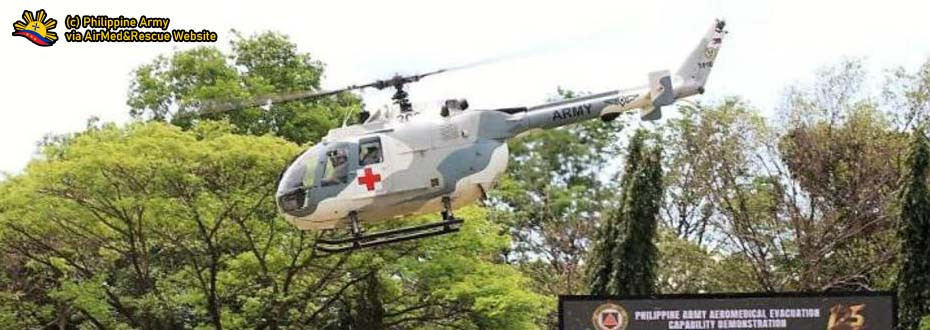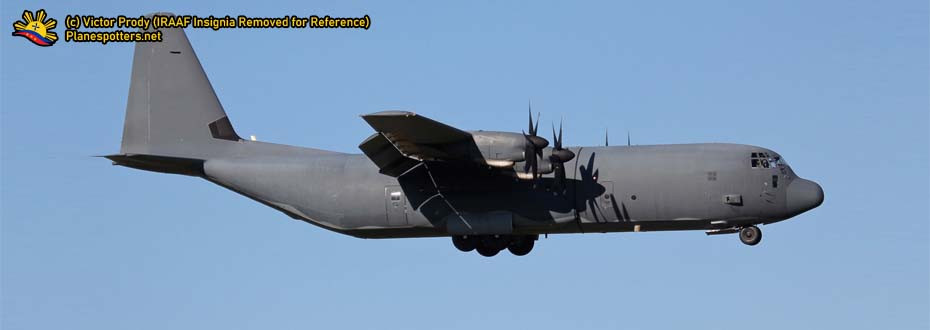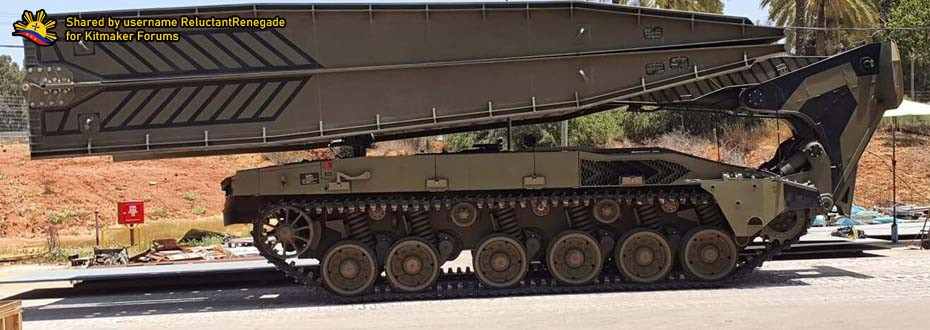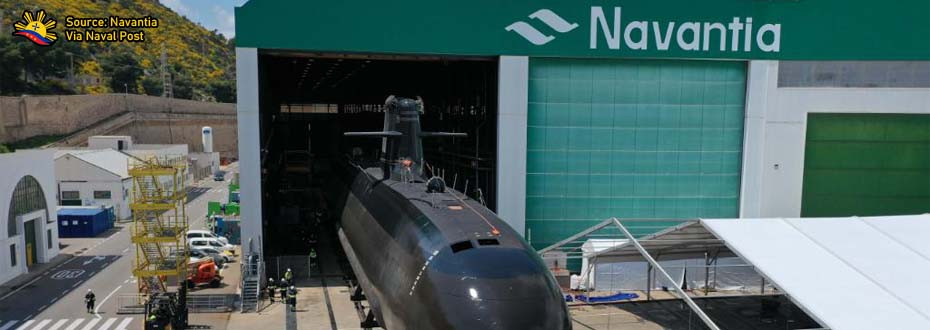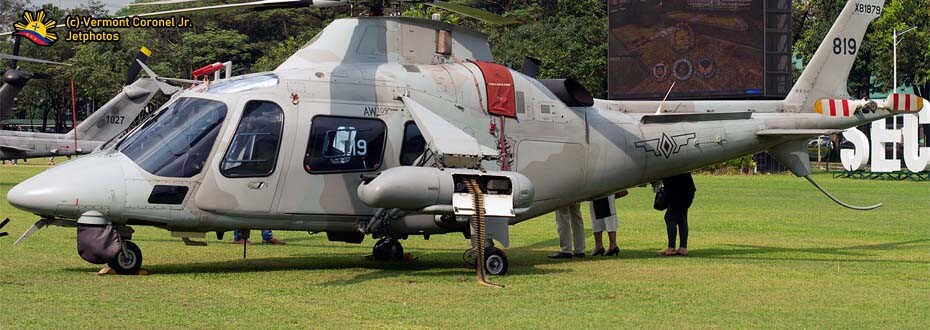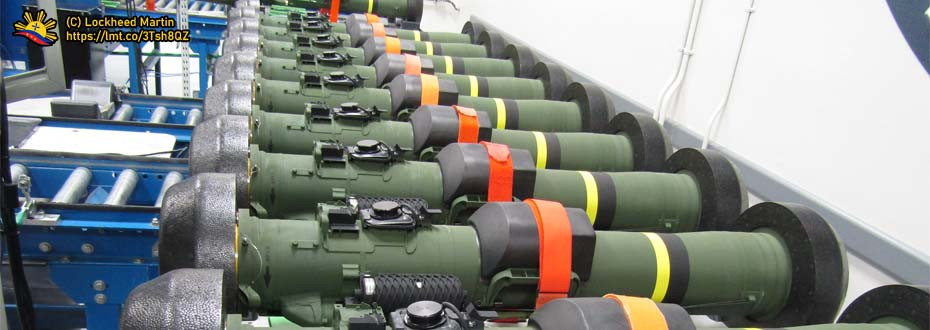OVERVIEW
 |
| This is the BT-67. A C-47 derivative. From Airport Journals Website. |
However, the offer slowly becomes of a discussion matter across defense outlets wherein this offer, albeit its affordability, is an issue of its own.
Considering that, the company offers a design that is proven once from a great war which will render obsolete in modern terms.
Not to mention that other considerations such as the number of military users required before the Air Force obtain them.
Add to that, the other better planes have there that can fit the gunship description with the sense of having a modernized airframe with avionics and engines at par or improved further than the BT-67. These in which we need to get considered.
Among these things, as well as the main point of this discussion matter, there are many reasons as to why BT-67 Basler is not appropriate to the Philippine Air Force.
KEY REASONS
 |
| Converting an old C-47 airframe to a BT-67 format |
1. Nonexisting Ramp Door
 |
| US soldiers passing through a ramp door. |
This feature is indeed the first and the most important in the Philippine Air Force wherein such capability ranges from better loading to the rapid deployment of the said troops and equipment to the ground. That means that having a Paradrop from a C-130 plane which has a large rear ramp door is better than presumably, a C-47 where the BT-67 has derived where an airborne trooper needs to jump at the side of the plane. More unto this, ramp doors have the equipment which makes things easier in loading supplies into the plane.
That includes several light vehicles. Here, though, dropping supplies and vehicles in a parachute with ramp doors is a better thing to do. Having this feature is very important where the lives of the crew and the airborne troops are at stake. These things do matter where rapid deployment is a matter of the overall success or failure of the mission provided.
Overall, the BT-67 fails in this first part of rapid deployment matters. Albeit its strategic importance in a form of the older C-47 during the Second World War, the same will no longer apply today wherein the modern dimension of the battlefield full of guided ordinances, albeit the questionable reduced signature against MANPADS, will never stand a chance at all.
2. Weapons capability, Airframe, and Rapid deployment
 |
| This is the Dakota Hunter Gunship. From their website. |
Albeit the firepower that can be seen as effective in the theaters of Vietnam and Colombia as what the Dakota Hunter website has cited for, the reason number one can be put again as the prime reason where the space for extra ammunition is greater with planes with ramp doors than the BT-67/DC-3 plane.
Not to mention that such aircraft acting at a role as a gunship needs to be rapidly deployed in the battlefield with its given needs where guns shall be immediately loaded in bulks which are deemed disadvantageous wherein time really matters.
They indeed modernized this plane where FLIR and other sensors apply to this aircraft citing its purpose as a gunship. However, given these things ranging from weaponry to sensors, the airframe design or rather, the airframes given are also given in doubt considering that these are re-manufactured DC-3 planes that as being said before, these planes of such kind are rendered obsolete in today's standards.
One factor that may show that it rendered such weapons obsolete is that the Philippine Air Force operated C-47 planes before, as well as several Civilian airlines/transports with the DC-3. But with these planes being retired with fatigue as one factor, it is as well not to have these BT-67 planes either unless if refurbishment of older C-47 aircraft is to be seen.
In this matter, one can also say that other aircraft like the recent C-295 that the PAF acquires have the better assessment of being a gunship where better guns can get installed than the BT-67 planes, not with the sense that conversion shall get needed compromising logistics, but gaining more aircraft of such type that may categorize as an air artillery.
3. Better Alternatives
 |
| A-29 Embraer Super Tucano |
As per the article provided by the IHS Janes, the BT-67 calls for replacing the OV-10 Bronco as a Close-Air Support (CAS)aircraft. But given the provided close-support, there are much better replacements to the said aircraft. First, there is the Close-air support program that the PAF undertakes, which the process is still ongoing.
As far as the reports are given, the Embraer Super Tucano is so far the best bet for the said replacement since this aircraft, given its nature like the OV-10 which is a strike aircraft than gunships that BT-67 which will do runabouts where it risk the lives on board, is indeed appropriate to what the Philippine Air Force needs for a CAS aircraft.
Moreover, there are also AW-109 gunships, MD-520s, and even land-based artillery that are better for area saturation than the BT-67s considering that these platforms have indeed proven within the AFP when it comes to battle.
Speaking of these, it is better to stick on to these kinds of alternatives than having a plane based on the World War 2 design that is inappropriate to what the Philippines is facing today.
And, as per given that it has proven in several air forces, including those in the United States, forget it. The Philippine Air Force is looking for platforms that suit its purpose given the needs of the whole armed forces, and these alternatives are indeed just right for that.
On layman's term, there are better things for the air force and the whole armed forces to have. Consider these factors: the whole armed forces are looking for a platform that gives what is best for the capabilities these said forces have. And with the BT-67, it only gives more disadvantages than the alternatives given here. Hence, buying what is the ideal platform is a necessity for every armed force, like the Armed Forces of the Philippines. It was just that given the things AFP has, BT-67 is inappropriate as an air asset for the air force to attain.
CONCLUSION
The BT-67 Basler, as its manufacturer's brochure has offered, has its promising features that may help the AFP to improve its forces whereas they may say that it's affordable, cost-efficient, supplementary spare parts and most of all, quick delivery from the company.
However, the reasons given are worthy to share points why BT-67 is not appropriate for PAF to have, given the summary because the dimensions and the nature of the weaponry, systems and other factors the AFP and the Philippines as a whole does not seek such aircraft that may risk lives and decreases efficiency in time especially on loading and unloading and rapid deployment.
Overall, such aircraft as what its manufacturer said may seem too good to be true but given the circumstances, it will not give the proper needs PAF is after for. Perhaps, a CN-235 gunship or a C-295 gunship may do, but citing it as a replacement for OV-10s, it may be appropriate to proceed in acquiring Super Tucano instead since this plane, like the OV-10s are strike aircraft that the PAF can enhance further. In summary, the Philippine Air Force, and the Armed Forces of the Philippines simply deserve better weaponry in the market.
As they may say, one must not focus on cost alone, but focus instead on balancing it with its given effectiveness that gives an overall impact for the whole armed forces that affect the outcome of a mission.








